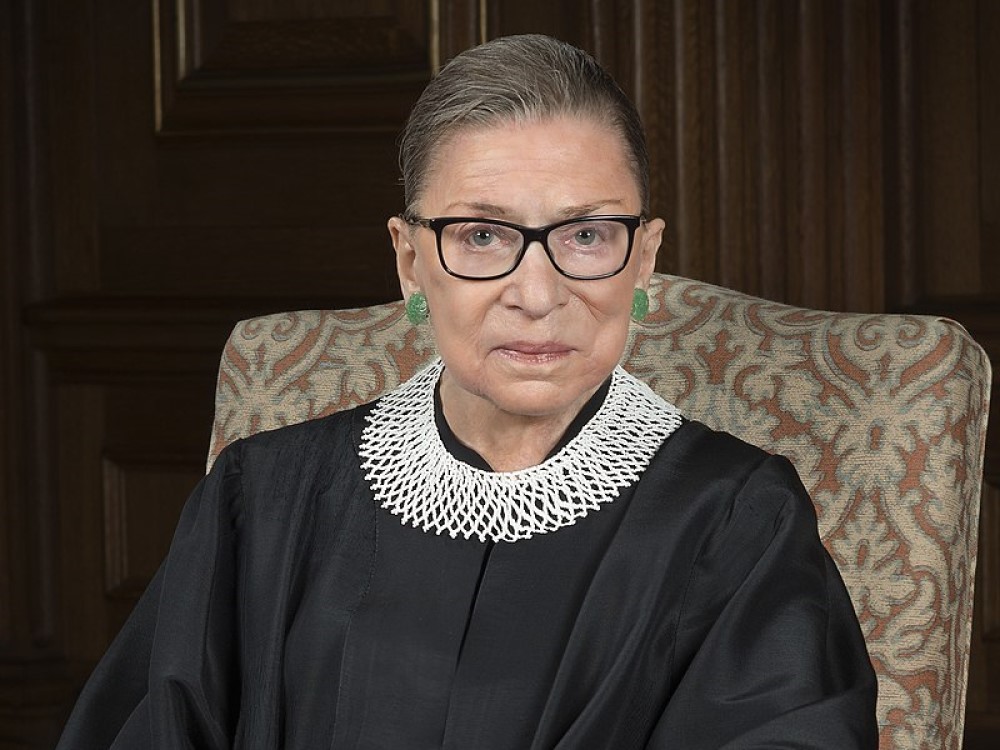
The iconic Ruth Bader Ginsburg was an American lawyer who served as an Associate Justice of the Supreme Court of the United States from 1993 until she passed away in 2020. She was the second woman – and the first Jewish woman – to serve on the Court.
The sexism and discrimination she faced in her life fueled her passion for change, and much of her legal career was spent as an advocate for gender equality and women’s rights. As the Supreme Court started to shift to the right politically, she went left, eventually becoming part of the court’s liberal wing.
Ginsburg graduated from Cornell University in 1954, went to law school at Harvard as one of only nine women in a class of 500, and was the first woman to serve on the editorial staff of
the Harvard Law Review. She received her Bachelor of Laws after transferring to Columbia Law School, graduating in a tie for first place in her class in 1959.
Ginsburg taught civil procedure at Rutgers Law School and Columbia Law School, where she became the first tenured female faculty member. She co-wrote the first law school casebook on sex discrimination while at Columbia, becoming a leader in gender-discrimination litigation. In 1972, she co-founded the Women’s Rights Project at the American Civil Liberties Union. She argued before the Supreme Court six times, winning five cases.
In 1980, President Jimmy Carter appointed her to the U.S. Court of Appeals for the District of Columbia Circuit. She served there until her appointment to the Supreme Court in 1993. Ginsburg, with her penchant for lacy jabots, or collars, became a pop culture icon for her passionate dissents in numerous cases, earning and embracing the nickname “The Notorious R.B.G.”
“I like to think most of my dissents will be the law someday,” Ginsburg said at the University of Michigan in 2015. She passed away at the age of 87 due to complications from pancreatic cancer.
